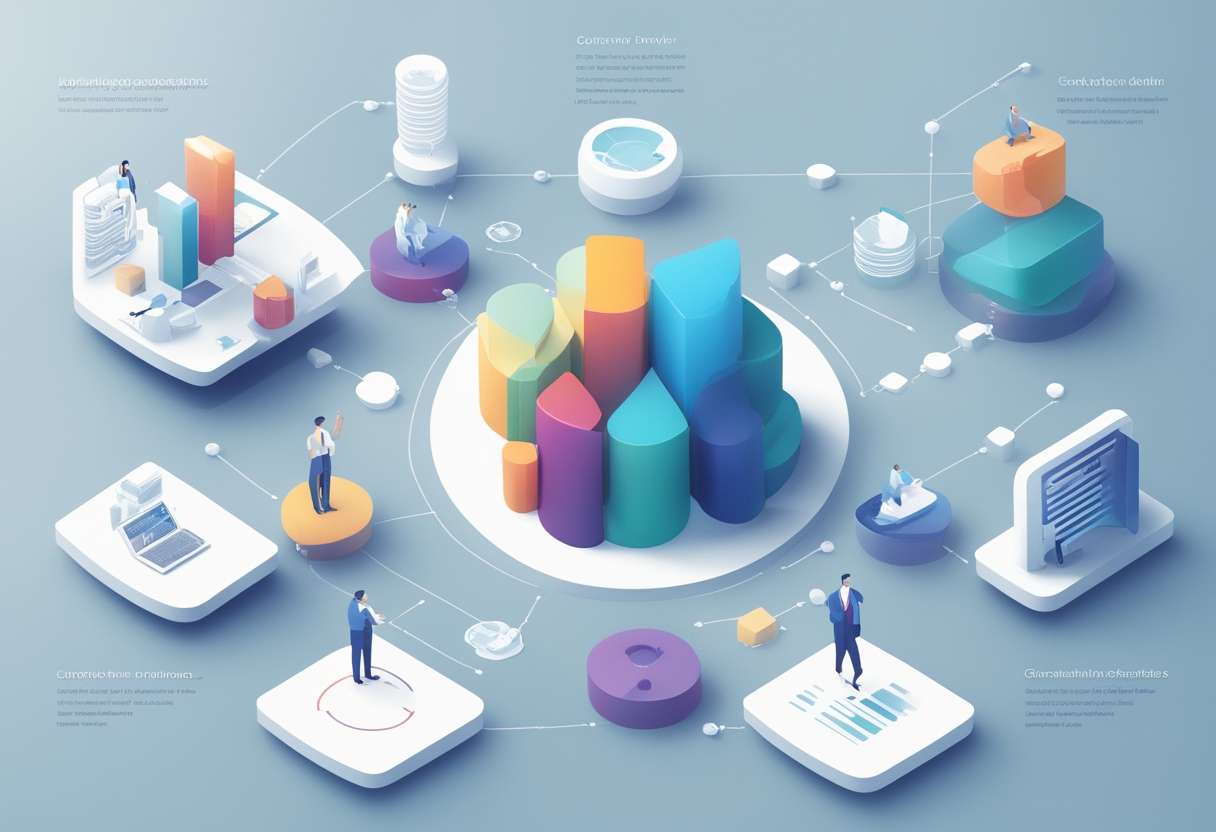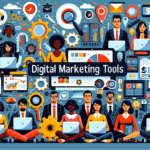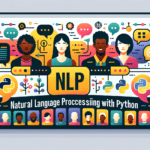Data science consulting can be a challenging field, especially when it comes to generating sales and keeping clients satisfied. As someone with over a decade of experience in delivering data science and data engineering projects, I’ve seen both incredible successes and disappointing failures. In this article, I’ll share key insights on how to blend strategy, technology, and analytics to deliver impactful data science consulting projects.
Understanding Data Science Consulting
To better grasp the unique challenges of data science consulting, it’s helpful to compare it with more established consulting roles:
Management Consulting vs. Data Science Consulting
- Similarities: Both aim to enhance business performance and often involve senior executives.
- Differences: Management consulting typically follows a waterfall approach, while data science benefits from a hybrid waterfall-agile methodology.
- Deliverables: Management consulting produces strategic plans and assessments, while data science focuses on predictive models, data pipelines, and dashboards.
IT Consulting vs. Data Science Consulting
- Similarities: Both require strong technical expertise and understanding of IT infrastructure.
- Differences: IT consulting focuses on system architecture and core software development, while data science centers on predictive models and data-driven insights.
- Project owners: Data science projects often have business leaders as project owners, rather than IT executives.
Analytics Consulting vs. Data Science Consulting
- Similarities: Both focus on data and involve shorter project durations with targeted deliverables.
- Differences: Analytics consulting addresses specific business questions, while data science integrates broader strategic alignment and complex models.
- Evaluation: Analytics projects are assessed on analysis accuracy, while data science projects are measured on predictive accuracy and ROI.
Key Insights for Successful Data Science Consulting
Ensuring Robust Data Products
- Focus on long-term sustainability
- Implement robust data pipelines
- Monitor for model and variable drift continuously
Documentation and Knowledge Transfer
- Ensure thorough documentation
- Use Jupyter Notebooks or Markdown documents
- Facilitate knowledge transfer to mitigate personnel changes
Building End-to-End Solutions
- Build deployable models
- Ensure operationalization
- Integrate into existing CI/CD pipelines
Visual Artifacts
- Create visual artifacts like dashboards
- Demonstrate project value visually
- Use artifacts to measure success and stay relevant to the client
Evaluating Organizational Maturity
- Assess organizational and analytical maturity
- Avoid over-engineering solutions
- Tailor complexity to client readiness
Following Best Practices in IT Development
- Follow IT development best practices
- Write modular and well-documented code
- Include sample data for testing
Strategies for Long-Term Value
Prioritize Robustness and Sustainability
Data science projects require a long-term perspective. Unlike management consulting, which often focuses on immediate organizational changes, data science solutions need to perform well for years. Invest time in building robust data pipelines and implement continuous monitoring for model and variable drift.
Emphasize Documentation and Knowledge Transfer
Thorough documentation is crucial for ensuring project continuity, especially in the face of personnel changes. Use tools like Jupyter Notebooks or Markdown documents to document your decision-making process and analysis. This practice will help you easily trace back decisions and initial results when needed.
Develop End-to-End Solutions
Focus on building deployable and operationalizable models. Ensure that your solutions can be integrated into existing CI/CD pipelines. This approach will help clients realize the full benefits of your work more quickly and avoid delays in moving from development to production.
Create Impactful Visual Artifacts
Develop dashboards or widgets that demonstrate the ongoing value of your project. These visual tools serve as powerful reminders of your work’s impact and can be used in client meetings to showcase the benefits of your solution.
Tailor Solutions to Organizational Maturity
Before starting a project, assess the client’s organizational and analytical maturity. Avoid over-engineering solutions for clients who may not have the capacity to maintain complex systems. Instead, tailor your approach to match the client’s readiness and capabilities.
Adhere to IT Development Best Practices
Treat your data science projects with the same rigor as software development. Write modular, well-documented code and include sample data for testing. This practice ensures scalability and maintainability, making it easier for clients to manage and update your solutions in the long run.
Take Ownership of Your Work
As Steve Jobs emphasized, consultants should take ownership of their advice and products. In data science consulting, your success is measured not just by project completion but by the ongoing and lasting value you create for your clients.
Conclusion
Successful data science consulting requires a unique blend of skills from management, IT, and analytics consulting. By understanding the similarities and differences between these fields and applying best practices from each, you can deliver data science projects that drive long-term value for your clients.
Remember to focus on building robust, sustainable solutions that are well-documented and tailored to your client’s needs. Create visual artifacts to demonstrate ongoing value, and always strive to deliver end-to-end solutions that can be easily integrated into your client’s existing systems.
By following these strategies and taking ownership of your work, you’ll be well-positioned to build a successful data science consulting business that delivers lasting impact and value to your clients.



